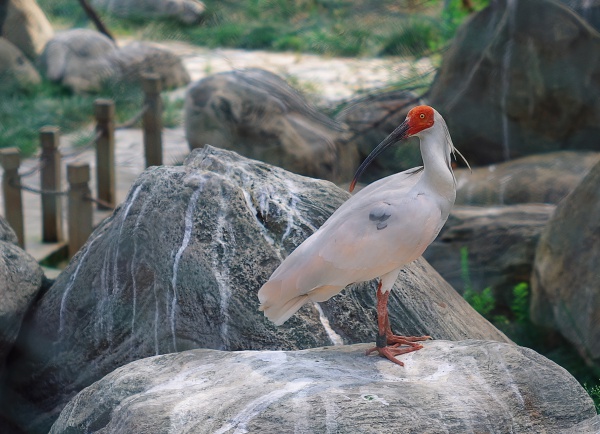Facts About Crested ibis
The crested ibis, also known as the Japanese crested ibis, Asian crested ibis, or Toki, is a striking bird distinguished by its white feathers and a distinctive crest of white plumes on its nape. It also features red skin on its partially bare head. This beautiful bird is the sole member of the genus Nipponia. Typically, crested ibises nest in the treetops of pine forests, often situated on hills that overlook their habitat. Their diet primarily consists of frogs, small fish, and other small animals.
Historically, crested ibises were widespread across Japan, China, Korea, Taiwan, and Russia. Unfortunately, they have disappeared from most of these regions. To save this endangered species, Japan and China have initiated extensive captive breeding programs. These efforts are supported by the CITES conservation treaty, which lists the crested ibis under its highest protection category, Appendix I. China, in particular, has made significant progress in protecting and breeding these birds, successfully reintroducing them to the wild and hatching many chicks.
Japan has also been active in restoring the crested ibis population. The Sado Japanese Crested Ibis Preservation Center has been releasing birds into the wild as part of a restoration program, marking the first successful reintroduction of the species since 1981. South Korea is also contributing to conservation efforts with its own breeding programs and releases aimed at boosting biodiversity.
Despite these efforts, the crested ibis still faces significant threats, including habitat loss, a small population size, limited range, winter starvation, and historical persecution. Conservation measures like captive breeding, reintroduction programs, and habitat protection are essential for the survival of this endangered bird.
